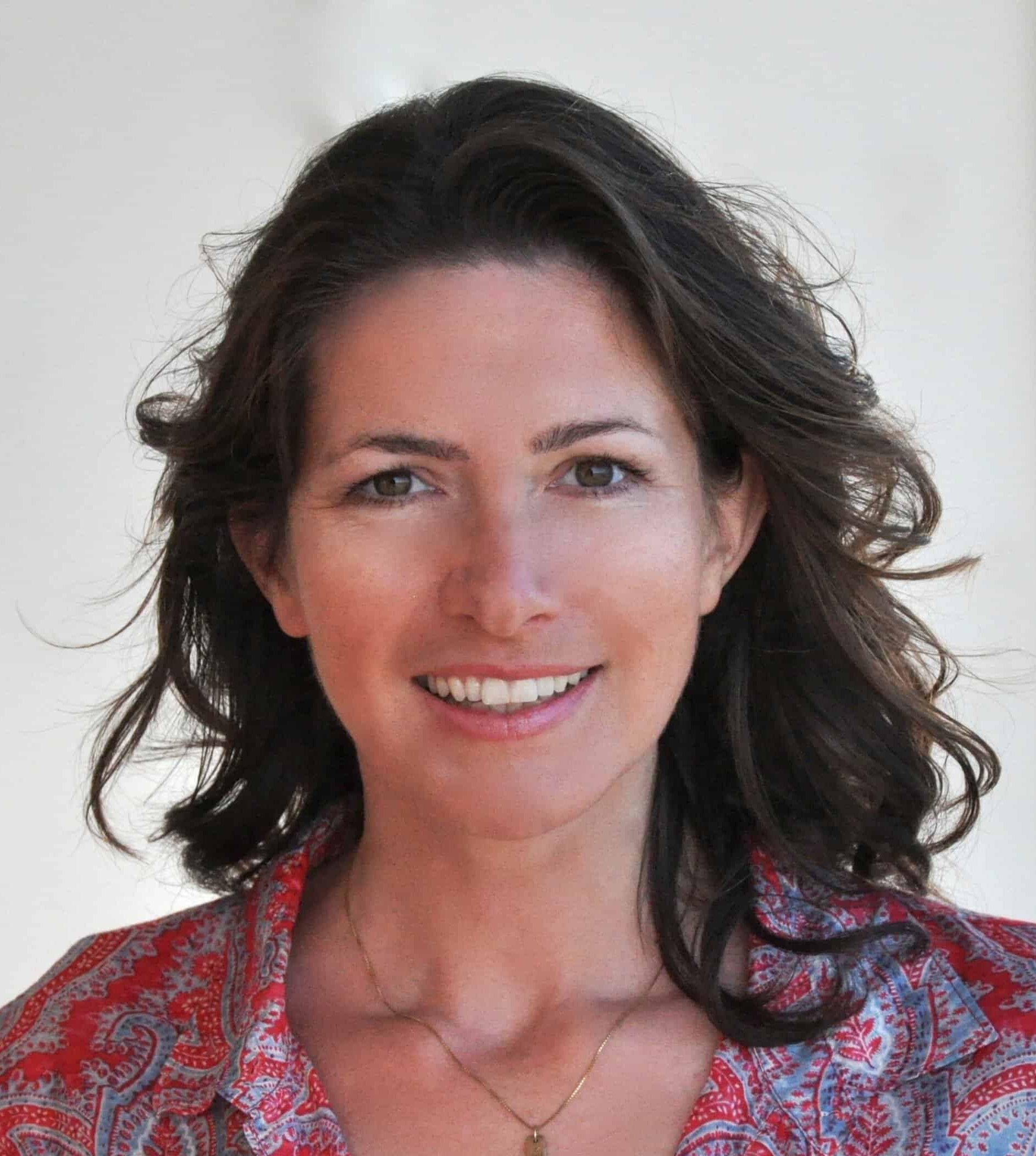The first thing Kristine McDivitt Tompkins had to do when she arrived in Chile more than three decades ago was tear down fences. Demolishing 700 kilometers of barbed wire in the rough terrain that she and her husband bought was back-breaking work, but overcoming barriers in the minds of the locals was much harder. “We were accused of being spies!” she says with a laugh. “Of hiding radioactive waste or of training a secret army for the CIA. The rumors were crazy.” The Chilean police tapped their phones, installed a police station nearby and watched their every step.
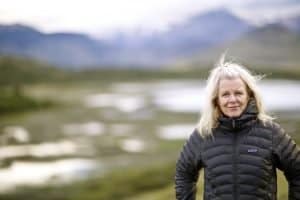
Their suspicion was understandable. The now 71-year-old president of Tompkins Conservation and her late husband Doug Tompkins were attempting a feat of conservation never before done on such a large scale, spending more than $345 million to buy large swaths of land in Chile and Argentina, restore the grasslands, the forests, and the waterways — and then give them back to the people.
In 2018 and 2019, Kris Tompkins finished this chapter of her life’s work by handing over nearly one million hectares to the Chilean government. This was added to the four million hectares of their own land that formed five new national parks and enlarged three existing ones. A contract with the Chilean government assures that Tompkins Conservation stays involved for the next ten years to guide and support the ecosystem restoration. In Argentina, Kris signed over her land under the condition it would remain protected for at least 99 years, thus creating or significantly enlarging six national parks. Her gifts at the time marked the largest private land donation in history and helped conserve a total of 14.7 million acres of land and 30 million marine acres.

But you wouldn’t know you’re meeting the world’s most important conservationist when you visit Kris Tompkins in her modest one-story ranch home in Santa Paula, California. The property has been in the family for generations. Avocado and lime trees grow outside, and three exuberant Labradors greet the visitor, trailed by Tompkins in a white Patagonia jacket, black jeans and the uniform of coastal Californians, Ugg boots.
How the daughter of an oil baron came to change the trajectory of two countries and maybe the planet is a story of love and hardship, intuition and calculation. Tompkins is petite, which explains her nickname “Birdie,” but her small frame bursts with energy. “Full throttle ahead!” she says. “Now more than ever because I don’t know how many years I have left.”
What she accomplished in the last three decades, at first with her husband at her side, will preserve some of the most precious ecosystems on the planet. Their work began in Pumalín, a largely impenetrable area that stretches from the Chilean coast into the snow-covered Andes. The wet climate is home to an incredible biodiversity comprised of thousands of species. The endangered Alerce cypresses, some more than 3,000 years old, grow here below the peaks of the Andes and are so precious the German colonists used their wood as currency rather than money.
Tearing down fences was just the first step. With the help of experts and volunteers, the Tompkinses ripped out invasive weeds, seeded native grasses and removed livestock that was harming the native fauna. They turned dilapidated sheep farms into regenerative farms and parkland. They also built hiking trails, campsites and traditional stone lodges powered by solar energy, opening up this natural wonder world to responsible tourism, knowing full well that their vision would only succeed if the locals benefited, too. Their vision was to create a balance between preservation and accessibility just as U.S. national parks do — not least to generate an alternative income for the locals whose farms were suffering from overgrazing and crushingly low market prices.
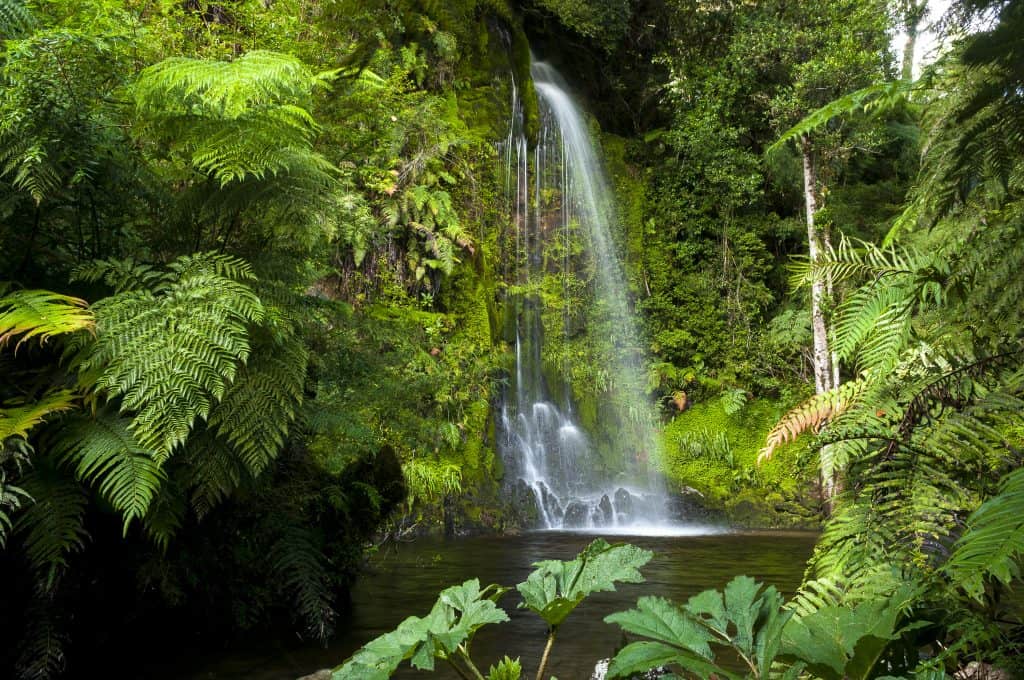
When the Tompkinses extended their work from Pumalín to Patagonia, and later to the Ibera wetlands of Argentina, they realized, “It’s not enough to protect the land. We have to bring back the species that have been missing.” Tompkins lights up when she speaks about rewilding. “Landscape without wildlife is just scenery. We consider the extinction crisis the mother of all crises that must be addressed. The entire ecosphere and its future depend on healthy, vibrant and rich biodiversity.”
Tompkins Conservation began safeguarding species such as the Huemul deer in the Chacabuco Valley, the population of which had been decimated by 99 percent. They reintroduced the collared peccary, the Andean condor and Darwin’s Rhea, an ostrich-like bird, as well as the green and red macaws, tapirs and giant anteaters that were once native to Ibera, the second largest wetland in South America. “If you want to have your heart explode, go to the baby anteater station,” Tompkins half-jokes, mimicking how the little anteaters “crawl up on your shoulder and stick their head down your shirt because they want to be near your beating heart. If you put them down on the ground, they start screaming because they want to be in your arms at all times.”
“Landscape without wildlife is just scenery. The entire ecosphere and its future depend on healthy, vibrant and rich biodiversity.”
All of this was pioneer work — nobody had rewilded anteaters or macaws before. Due to Kris Tompkins and Rewilding Argentina, the foundation that carries out the Tompkinses’s legacy, they are now here again, a boon for tourism in the region. Her next focus is to help create giant no-take marine parks in Argentina, covering roughly 25 million acres in the southern Atlantic, an area where many coastal ecosystems are being destroyed, and to reintroduce giant otters, the top predator of the wetlands.
This January marked the first time in 70 years wild jaguars patrolled the wetlands of Ibera again, and the first time in the world jaguars born in captivity were released in the wild. Only 200 of South America’s largest cat remain in Argentina, and the Tompkins crew held their breath when a wild jaguar initiated a successful romance with its captive female. Tompkins is excited about the success, but also cautious. “No jaguar has killed a cow yet,” she says nervously in anticipation of the locals’ reaction, “but it’s bound to happen. Just wait.”
She had to fight similar struggles with the ranchers in Patagonia where she worked to protect pumas. One of her Chilean park guardians is a former leonero, a cougar hunter the local ranchers hired to shoot a mountain lion that threatened their livestock. He is now responsible for protecting the roughly 40 pumas in the park and respects Kris Tompkins not only as a guardian of his homeland but also as one of the biggest employers in the region. But Tompkins understands the inherent conflict. Her grandparents were ranchers, she says, “and they would have shot the last California condor to exhibit him in a museum.”
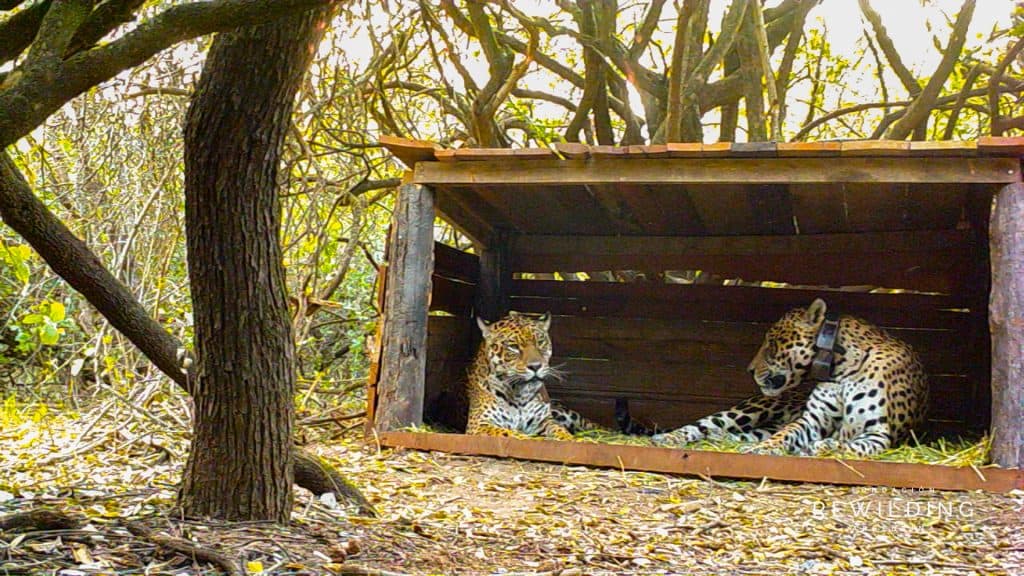
The hallway in her Californian ranch is covered with framed black and white childhood pictures that show her with her six siblings, her mom who passed away a few years ago just short of reaching her 100th birthday, and her father, an engineer, who moved the entire family, including eight-year-old Kris, in 1958 to the oil fields of Venezuela where he died of polio three years later.
Growing up in Santa Paula, Yvon Chouinard, Patagonia’s legendary founder, was a close childhood friend. Chouinard named his clothing company after his favorite stretch of land after traveling to Chile and Argentina with his best buddy, Doug Tompkins. In 1968, the two drove his white Ford from California to the southern tip of South America, their surfboards tied to the roof. The place they visited on that trip became the name of his company, and later, Kris McDivitt became one of his first employees. By age 28, she was its CEO, and helped build Patagonia into a radically eco-conscious brand that was the first to donate 10 percent of its profits to environmental causes.
Meanwhile, adventurer Doug Tompkins had become wealthy by founding another iconic brand, the outdoor gear company The North Face, and later, together with his first wife Susie, the fashion label Esprit, “selling stuff nobody needs,” as he would later ruefully say before divorcing his first wife, selling his shares for an estimated $150 million and moving to Chile to “pay my rent for living on the planet.”
During her first visit to Chile in 1993, Kris, too, was immediately hooked. Flying with Doug, a passionate pilot, in his little Cessna over the land that is now Pumalín National Park, she fell in love with the spectacular wildness, the endless coastlines, the lush rainforests — and with Doug. Tompkins, already an avid hiker and skier, knew: “That’s it.”
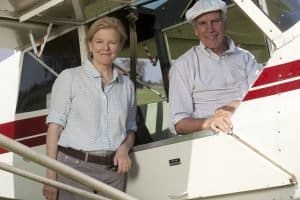
Without much hesitation, she abandoned her position as CEO, “the best dream job in the world,” (though she is still on the company’s board) and at 42 years old, moved with Doug to a tiny cottage in South Chile with no running water or electricity. “I was madly in love,” she says, “but I also just ran on intuition.”
They initially focused on stopping illegal logging in the rainforest. It was Doug’s idea to create national parks to protect the countries’ ecosystems, a well-established tradition in North America but comparatively new in Chile and Argentina. His sudden death in 2015 after a kayak accident shocked Kris into even fiercer activism. Doug might have been the man with the big vision, but speaking with several of their longtime employees, all of them confirm that “Kris makes it happen.” She’s a people person, so warm and engaging that it’s easy to forget she is sharp as a cleaver and a negotiator laser-focused on achieving the best outcome.
She describes her focus on land conservation as “a kind of capitalist jujitsu move. We deployed private wealth from our business lives… to protect nature from being devoured by the hand of the global economy.”
It’s hard not to think of the enormous responsibility that comes with strategic landownership in the age of climate change. The biggest landowner on earth is the Vatican. The biggest landowners in North America are Bill and Melinda Gates. Imagine what they could do for the environment if the Gateses managed their 242,000 acres sustainably. Though Bill Gates’s latest book is called How to Avoid a Climate Disaster, his $5 billion land investment is “not connected to climate,” he told Mother Jones.
This is why, when critics tell Tompkins she should do more for social justice, she steers them to the fact that only two percent of philanthropic donations go toward climate change mitigation. The usually soft-spoken philanthropist insists in unusually strong language that climate issues are social justice issues, “because, let me tell you, if you live in the Southern Pacific Islands or other marginalized areas, you’re fucked already, and nobody gives a shit.” She has been deeply influenced by her late friend Arne Naess, a Norwegian philosopher who believed strongly that every life has inherent value. “If you really believe this, it changes everything,” Tompkins says. “The planet does not belong to us humans.”

She views the goals of the UN Biodiversity Conference to protect 30 percent of land and sea worldwide, commonly known as “30 x 30,” as “absolutely doable. There is traction, an understanding that it’s something to shoot for. And the mapping that’s been done is phenomenal.” Describing herself as a natural pessimist and facing the fact that humankind has wiped out two-thirds of wildlife over the last half-decade, she says she could be “cynical and view the whole thing like rolling a peanut onto Pikes Peak with your nose. But don’t throw out audacious and seemingly impossible concepts because they’re difficult.” She quotes a recent study showing that 85 percent of the population is now being affected by climate change. “So it’s not just me anymore. This crisis will change people. People understand what really has to happen.”
Since the pandemic led her to spend nearly two years in North America for the first time in decades, she has toyed with several U.S. projects, including reintroducing keystone species in the lower 48 states, building a 50-acre park-like monument to legendary conservationist E.O. Wilson in Alabama, and getting a large swath of grasslands protected as a national park. “If I was younger, I would definitely go for it,” she says, already a member of President Biden’s Conservation Council. She launches into a monologue about the benefits of national parks before lamenting the political blockades. “It is a lot easier to get stuff done in Chile and Argentina.”
She will return to Chile in January. Her time in California was marked by devastating wildfires that were too fast-moving for some humans and many animals to outrun. “That’s what makes me furious,” she says in her gentle manner, but with fists clenched. “I didn’t think I could become more aggressive, but turns out I can. I have nothing to lose at this point. I’m just gonna go like hell.”



